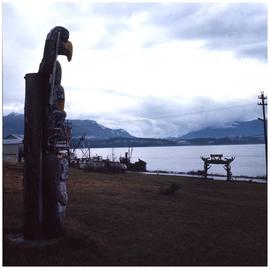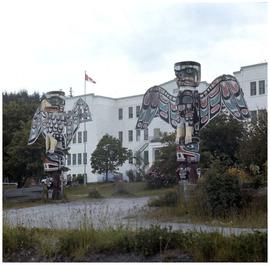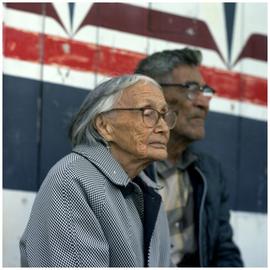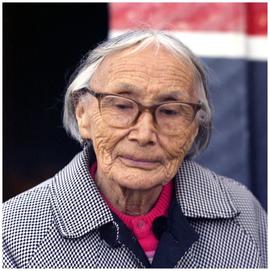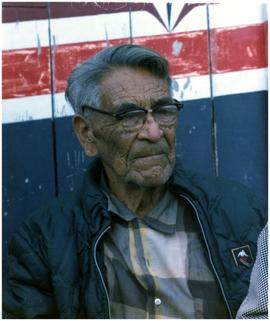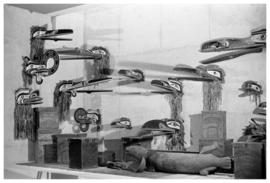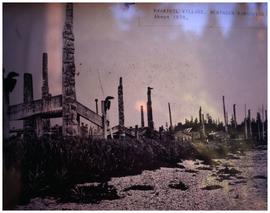Item consists of a recording of Learning Kwak'wala: Book 2 My Family My Friends, and it features Agnes Cranmer, Margaret Cook, and Jay Powell engaging in vocabulary and grammar exercises in the workbook, Jay Powell asks the questions in English and Agnes Cranmer and Margaret Cook give the response in Kwak'wala; Side A: pages 31, 4-19 , starts with the alphabet sheet at the end of the workbook, and then covers the vocabulary for family members, grammar to express someone's family relationships, words to distinguish people by age, if someone knows someone else, words to describe people and the distinction when they are or are not present; Side B: pages 19-31, and continues how to describe people, and the distinction when they are or are not present, vocabulary for someone's job, counting how many family members someone has, vocabulary on asking is someone is Nimpkish and where they are from and the distinction between asking a man or a woman, vocabulary for where someone live, if someone knows how to speak Kwak'wala, and a review of the alphabet and suffixes used for pronouns and subjects, when describing someone who performs dances the English translation uses "Indian Dancer." Recorded on both sides.

